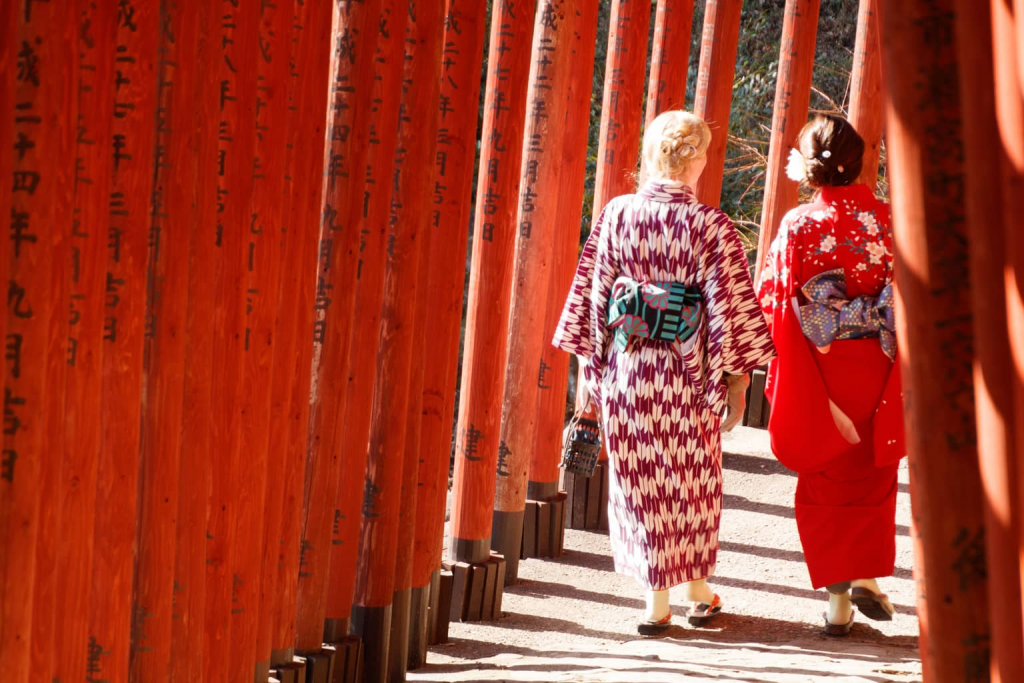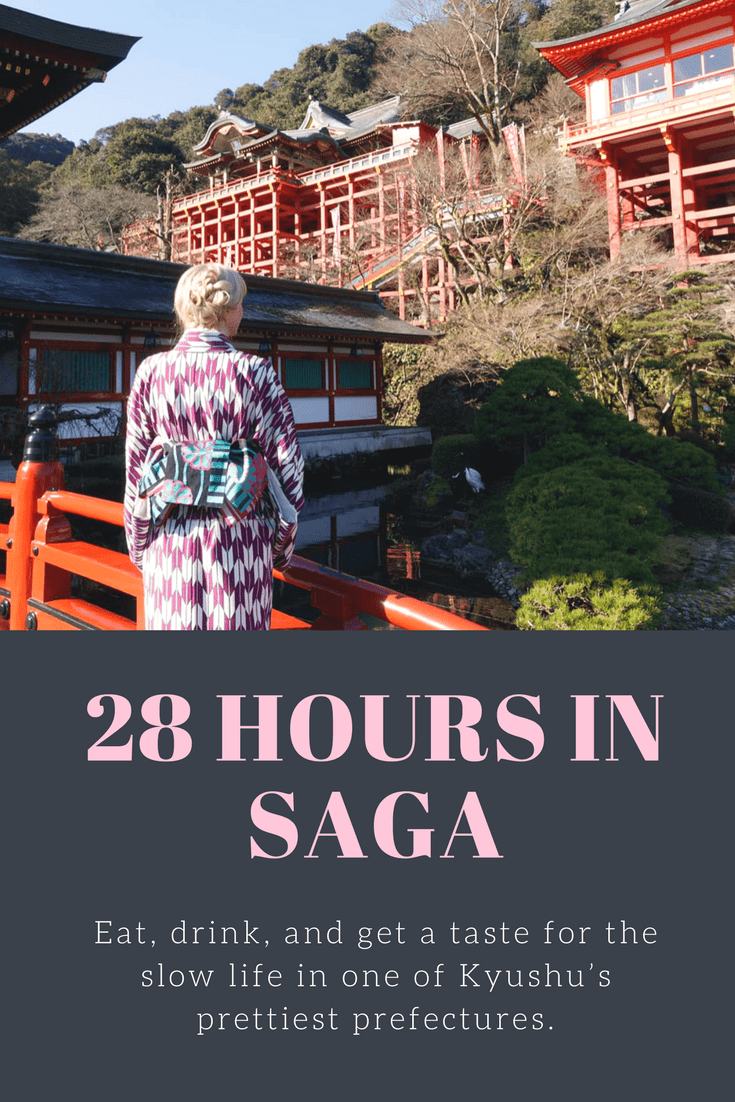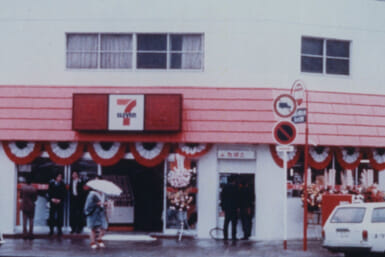Eat, drink, and get a taste for the slow life in one of Kyushu’s prettiest prefectures.
You may not be as lucky as we were when you arrive in Saga. It just so happened that we flew in on a day the local seasonal agricultural fair was on the go, its sizeable tent set up right next to the airport. So no sooner had we descended to land – while marveling at the nori farm that sprawls out into the Ariake Sea – than we were tucking into steaming fresh ginger tea, sake-flavored pickled gobo, and freshly toasted yakimochi (warm, sweet rice cakes). A fitting introduction to a prefecture that prides itself on its food, and would go on to offer us 48 hours of not only unique cultural experiences, but also some of the best dining we’ve had in Japan.
The smallest prefecture on the island of Kyushu, Saga is a delightfully rural place that lies in between Fukuoka and Nagasaki prefectures, with the Genkai Sea to the north and the Ariake Sea to the south. The area produces what’s widely regarded as the best nori in Japan – in both quality and quantity – and the countryside features an abundance of picturesque terraced rice fields. Nearly 22 percent of the land in Saga Prefecture is arable, which explains the bountiful produce we encountered at the fair, and 11 percent is protected, which means it has largely remained unspoiled and features a plethora of natural parks.
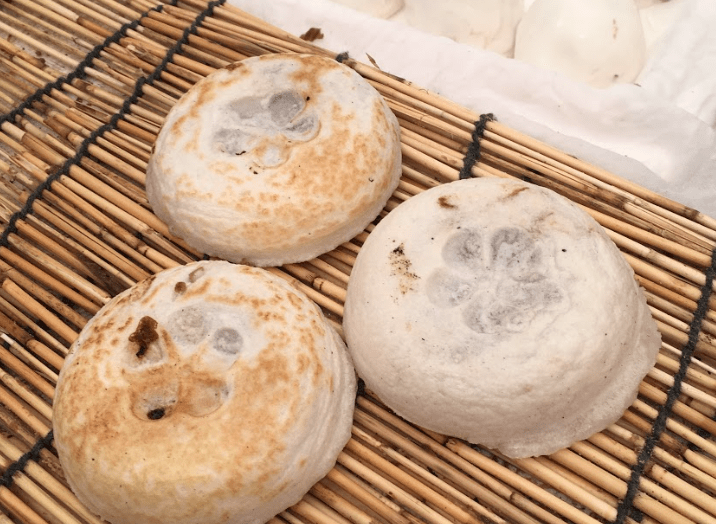
Freshly toasted yakimochi (warm, sweet rice cakes) from the local fair
Sake, Oysters and Onsen
After our two-hour flight on Spring Japan from Narita Airport, we rented a car at Kyushu Saga International Airport, and made our way south towards Kashima City’s Sakagura Dori, a windy little street that’s home to centuries-old sake breweries. We popped in for a tour at Minematsu Sake Brewery, which you’ll find at the entrance to the street. Founded in 1916, it’s been remodeled to welcome tourists, and the animated owner, Kazukiyo Minematsu, will enthusiastically show you around the shop as well as the “museum” at the back, which is full of fascinating artifacts collected from the Showa period. There is no charge for the tour or the tasting, so we happily indulged in sipping on the brewery’s new fruity Hizenhamashuku sake, which was just brewed in January, along with a few varieties of umeshu, shochu, and su (fruit vinegar).
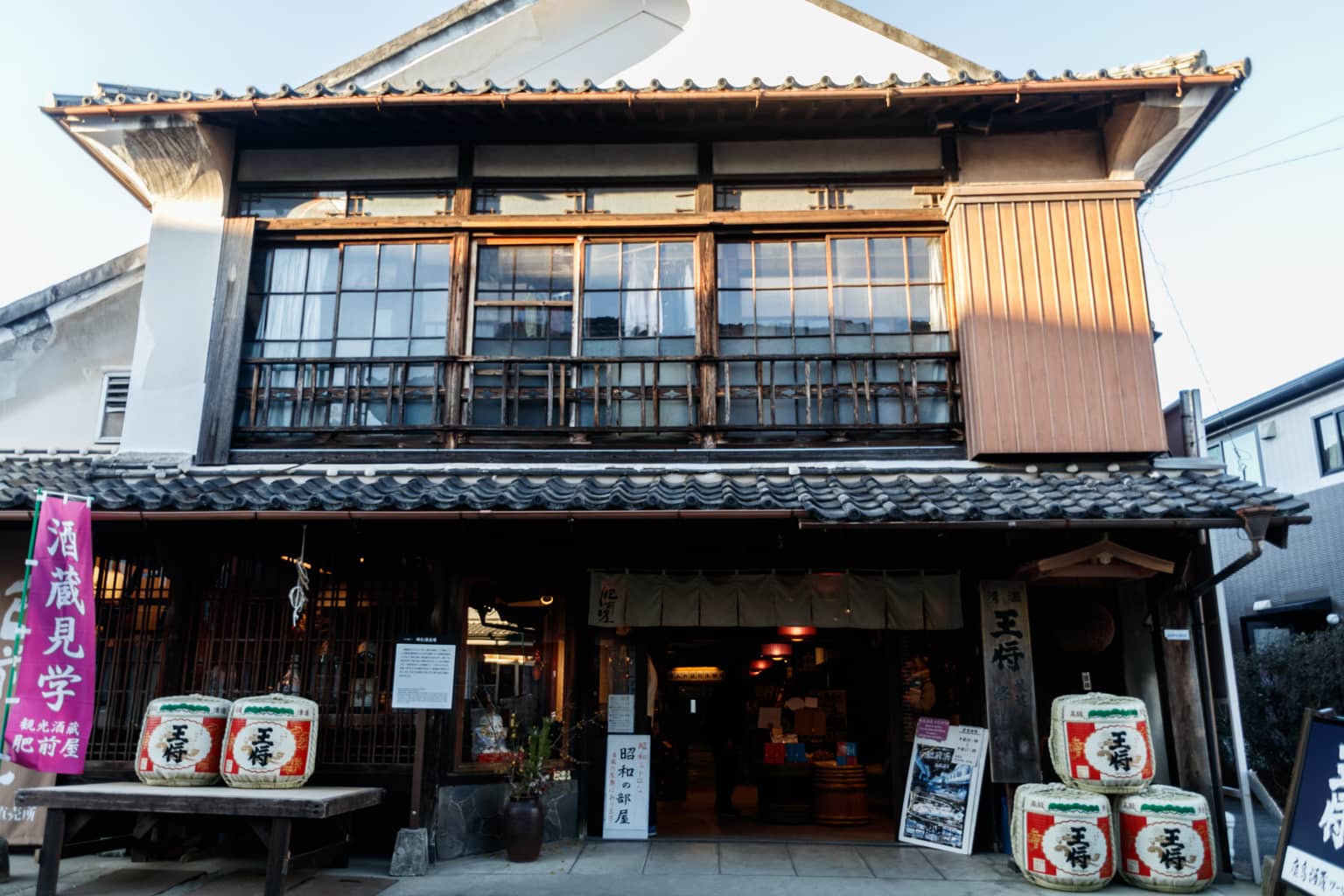
Minematsu Sake Brewery
As the sun dropped, we made our way to the coast, taking a right towards the town of Tara, where you’ll find oyster-grilling huts along the road, and usually open between December and March (sometimes earlier or later). One of the most popular oyster restaurants is Daifukumaru. Here, we took up seats on the wooden terrace overlooking the sea, with barbecue tables all set up for a DIY dinner. As the sky turned pink, we grilled fat, juicy oysters, washing them down with salty crab soup.
With appetites sated and cheeks pink from the cold ocean air, we checked in at Warakuen, a traditional Japanese-style hotel located in the center of Saga’s famed Ureshino hot spring town. If you’re visiting during winter, this onsen haven is a must-visit. Besides the luxurious resorts on offer, one of our favorite things about being here was catching sight of couples stealing romantic moments under the stars while dipping their toes in the free, steaming, streetside foot baths.
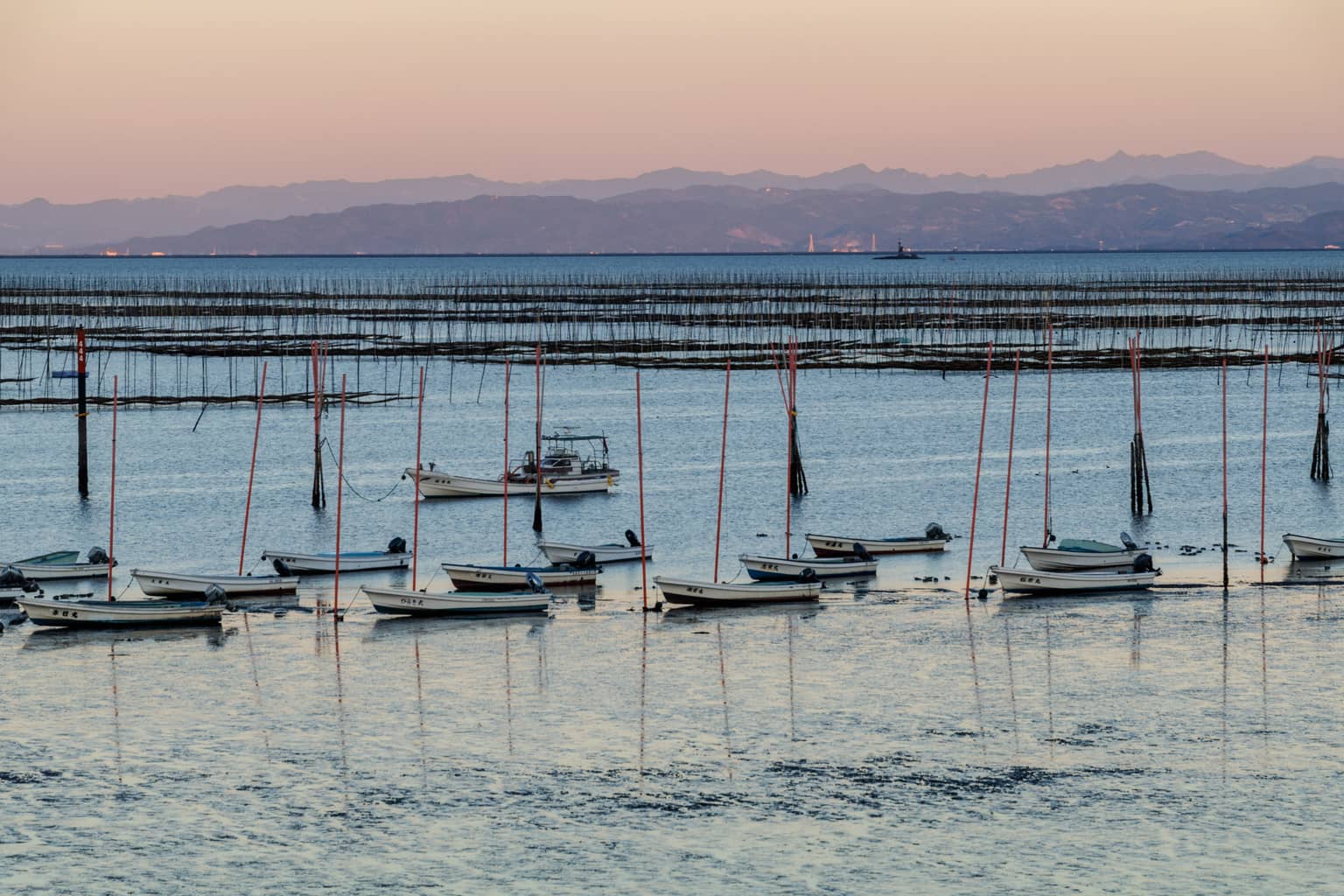
The view while grilling oysters at Daifukumaru
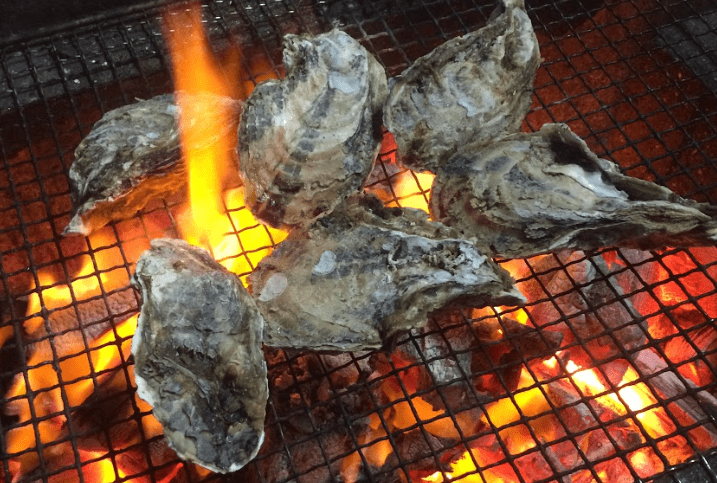
The fattest, juiciest oysters we’ve ever eaten
Throwing Beans and Clay
There’s nothing like an early morning onsen to wake you up. Add to that a strong cup of coffee, and day two in Saga was off to an energetic start. Which was lucky, since we soon found ourselves dressed in kimono, standing on a stage with a shrine’s chief priest, and tossing beans to a seemingly ravenous crowd. Why? It was Setsubun – the day in Japan that marks the beginning of spring and involves a bean-throwing ceremony – and we were visiting Yutoku Inari Shrine. Founded in 1687, the shrine is built on a steep hillside in Kashima City, and boasts multiple tunnels of red torii gates. To rent a kimono, look for Yutoku-Wasodokoro SARUKU store on the road to the shrine. It’s ¥3,500 for the day, giving you ample time to imagine what it was like walking these streets a few hundred years ago.
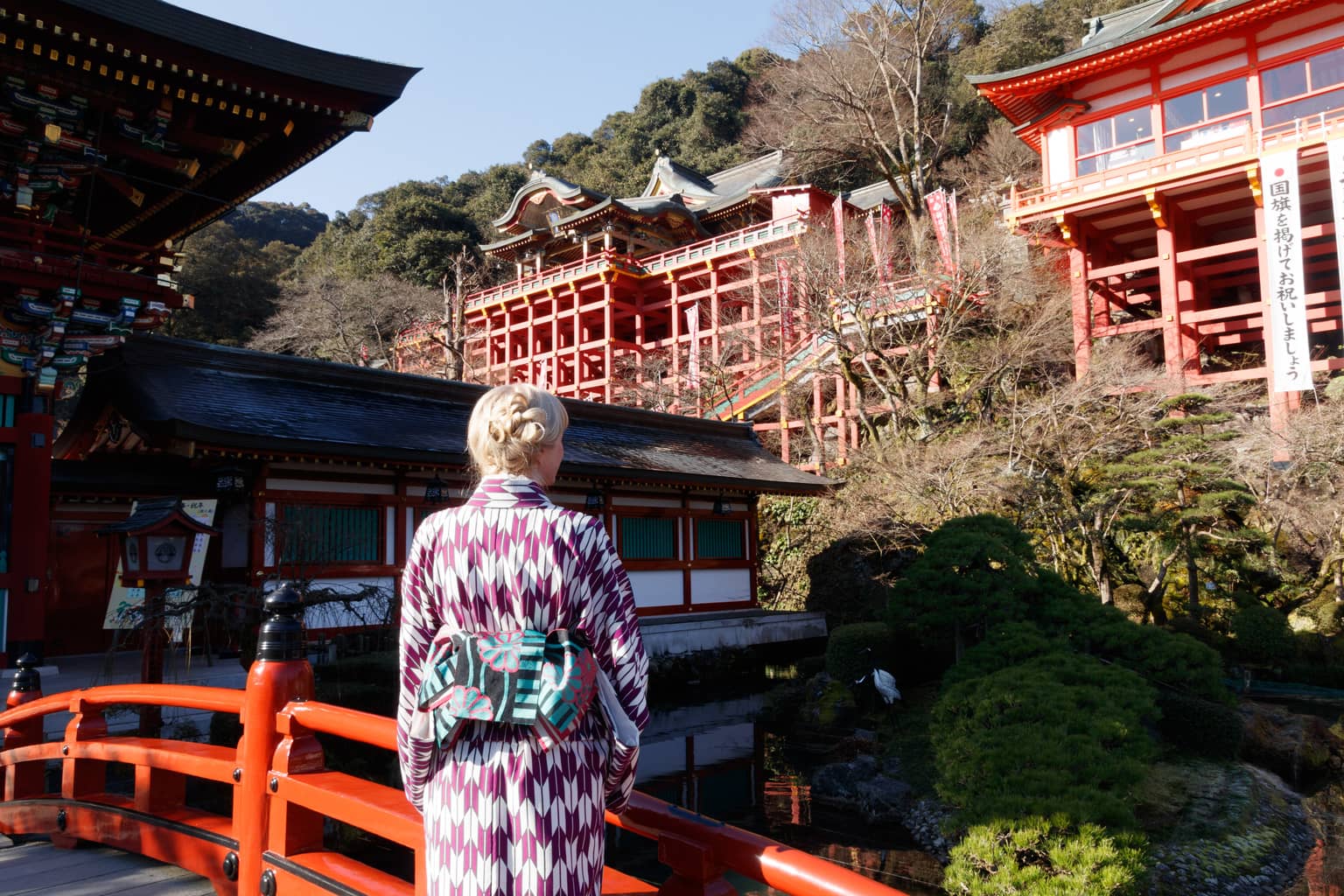
At the entrance to Yutoku Inari Shrine
If history’s your thing, you’ll also want to be sure to visit Saga Castle in Saga City. Plagued by fires, the castle has been rebuilt several times since the 17 century, so the current building is largely a redeveloped version. Still, this doesn’t detract from its splendor and strong sense of Japan’s samurai past as you stroll around its exquisite interior.
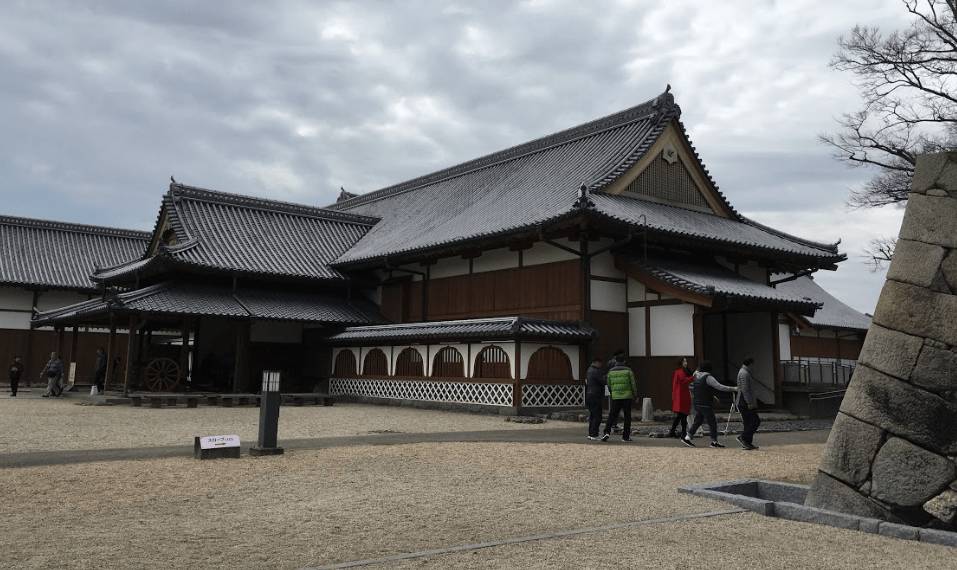
Saga Castle
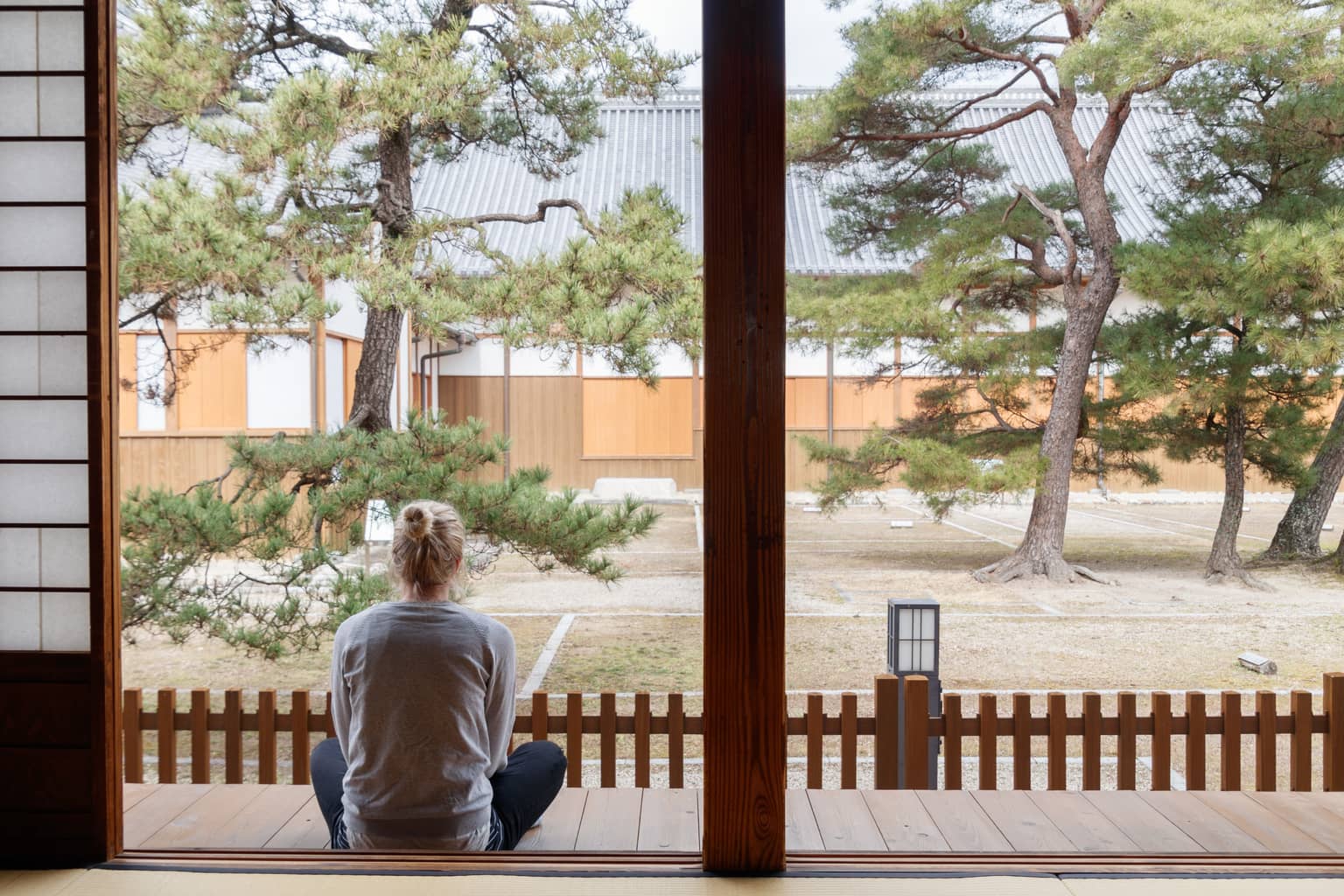
View from inside Saga Castle
After a short stop for lunch at Gallery Arita, where you can purchase some of Arita Town’s famed porcelain ceramics and drink from impossibly pretty teacups, we visited the pottery studio of artist Tatsuya Tsutsui. Arita is considered the birthplace of Japanese porcelain, so it’s no surprise that Tsutsui has chosen to base himself here. Besides creating his own works, he also offers lessons, with some pottery enthusiasts traveling from abroad to spend a couple of weeks with him and improve their techniques. As he demonstrated the basics of throwing clay, at one point giving us a turn to try our hand at the wheel, we took a moment to appreciate the creative calm in the room and thought, Wouldn’t it be nice to switch to the delicious slow life in Saga?
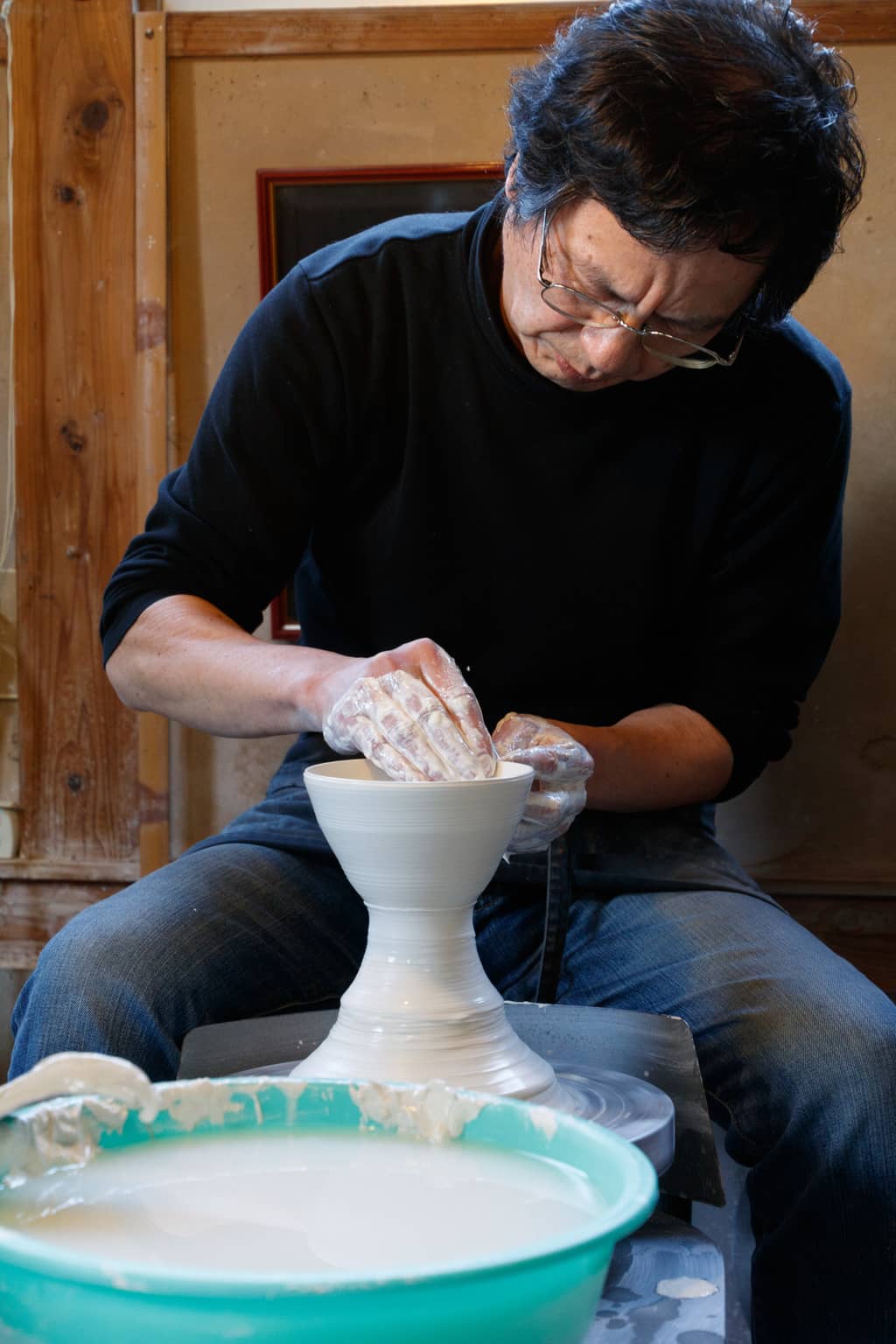
Tatsuya Tsutsui in his Arita-based studio
Four More Things to Do
Join the Balloon Fiesta
This annual hot-air balloon festival is held in autumn at Kase Riverside in Saga City, and features over 100 balloons from around the world. If you can’t make the fiesta, visit the Saga Balloon Museum, opened in October 2016. www.sagabai.com/balloon-museum/main
Visit the Porcelain Torii
As you climb the stairs up to Tozan Shrine in Arita, you’ll catch site of this torii gate made from porcelain. It was built in 1888 and is full of cracks, but we think this simply adds to its beauty.
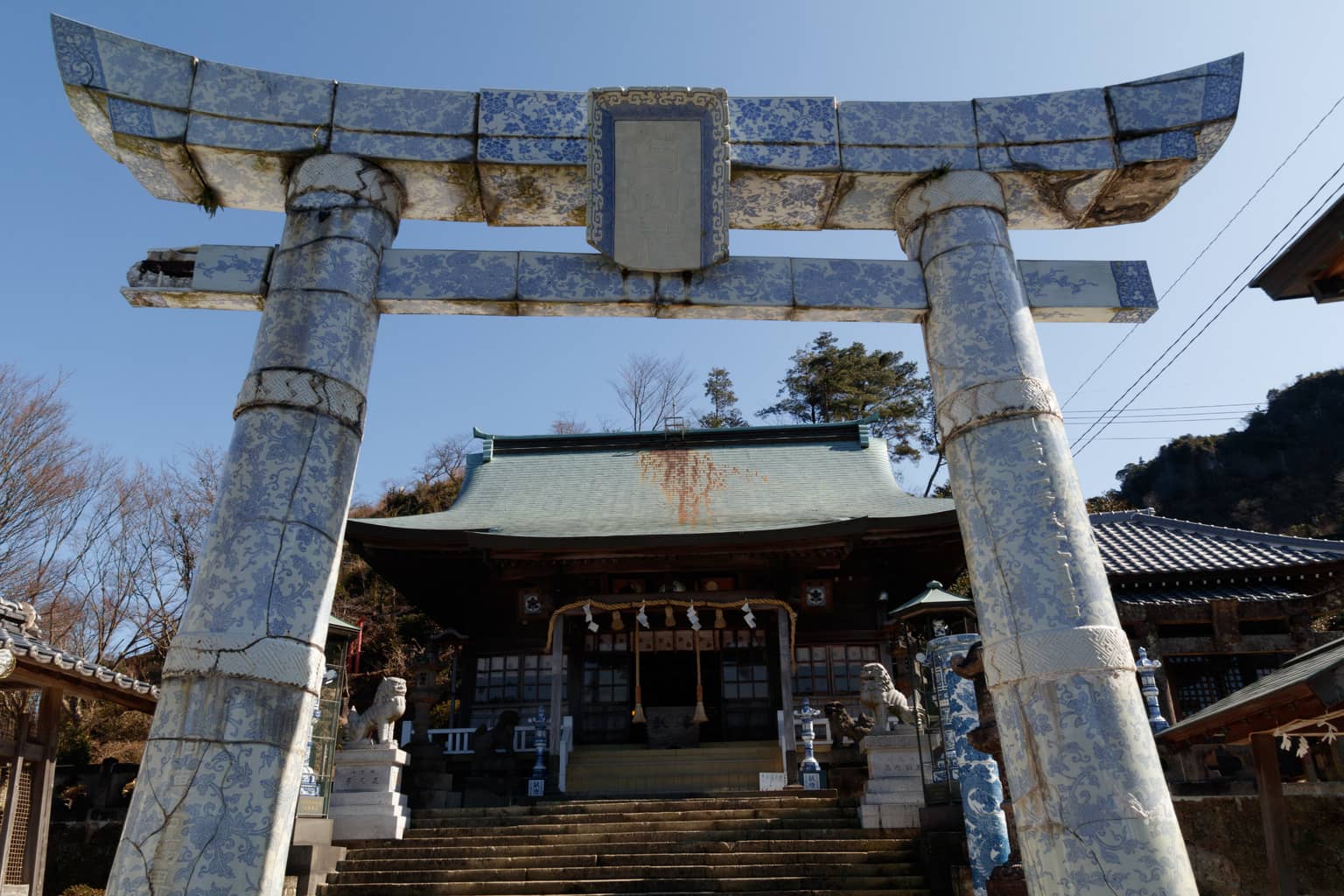
Torii made from porcelain at Tozan Shrine
Eat the Alien of Ariake
This little monster is actually a fish called warasubo, but thanks to its less-than-attractive features, it’s been nicknamed the “Alien of Ariake.” The city even made a short “horror” movie about it: tinyurl.com/ariake-alien
Taste Sake at Amabuki Brewery
Amabuki is a beautiful brewery that makes its unique-tasting sake using yeast cultivated from flowers, and rice grown in pesticide-free paddies where ducks swim freely. www.amabuki.com
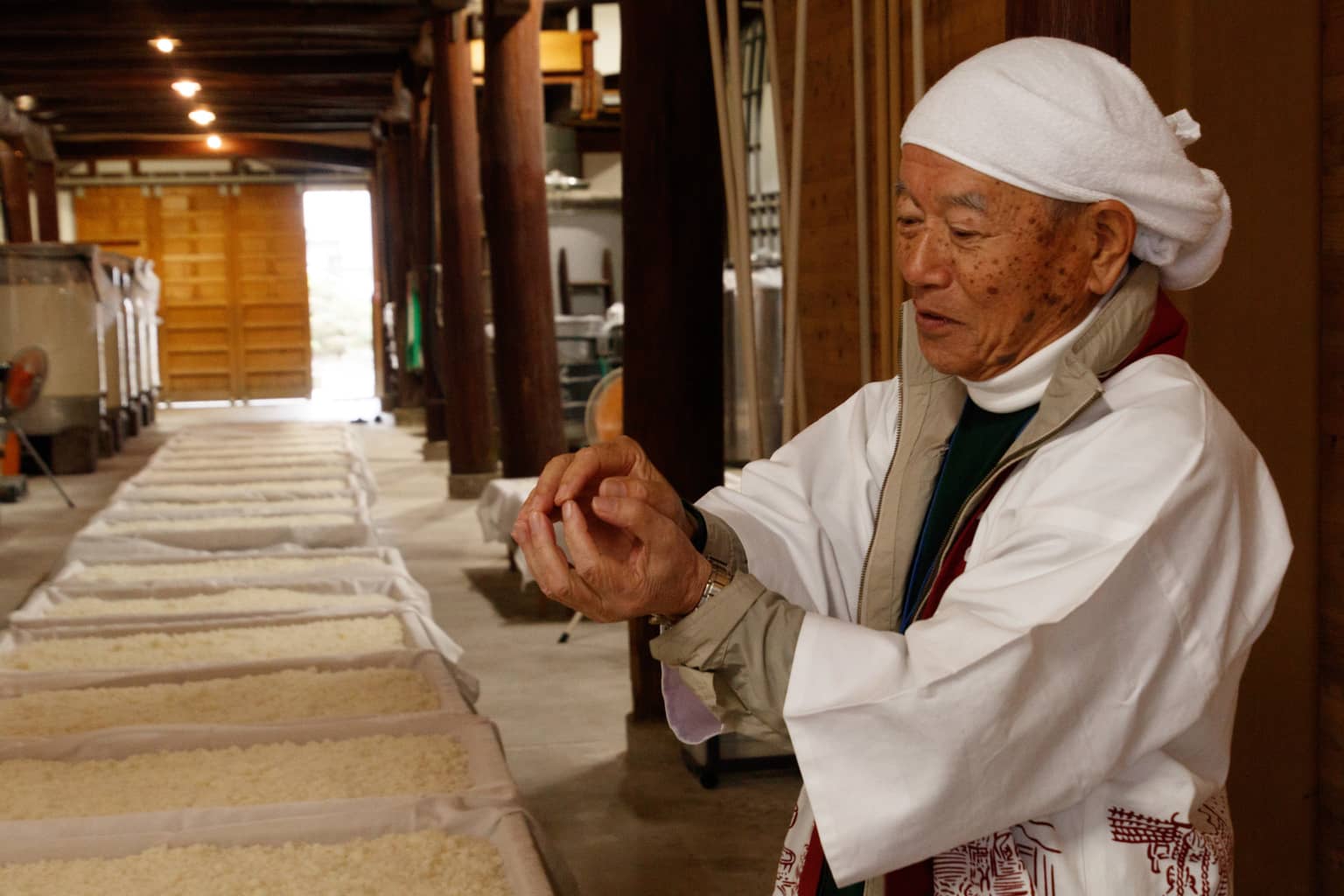
When you visit Amabuki Brewery, you can take a short tour to learn about how the sake is made
Sponsored Post
This article appears in the March 2017 issue of Tokyo Weekender magazine
Photographs by ZZ and Annemarie Luck

